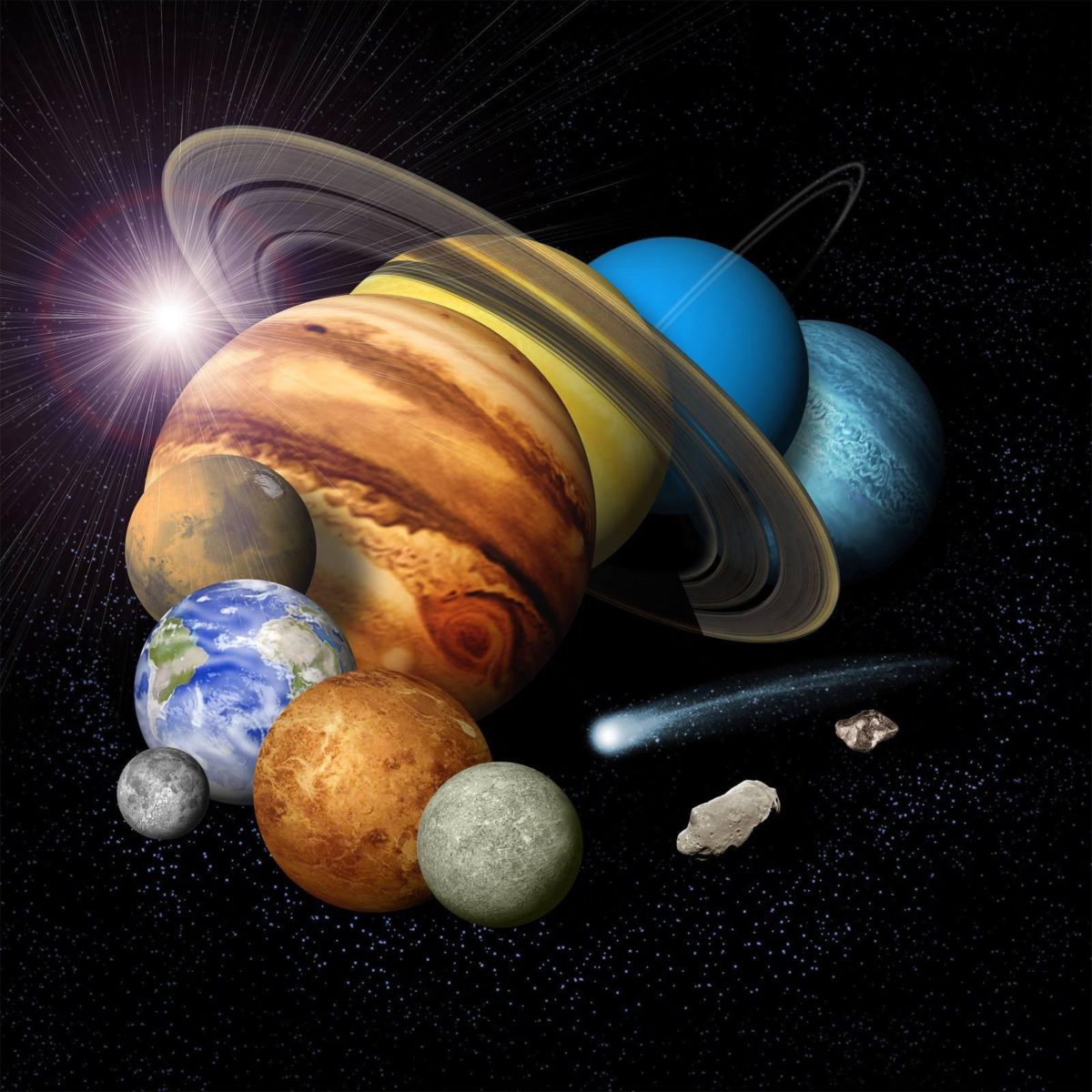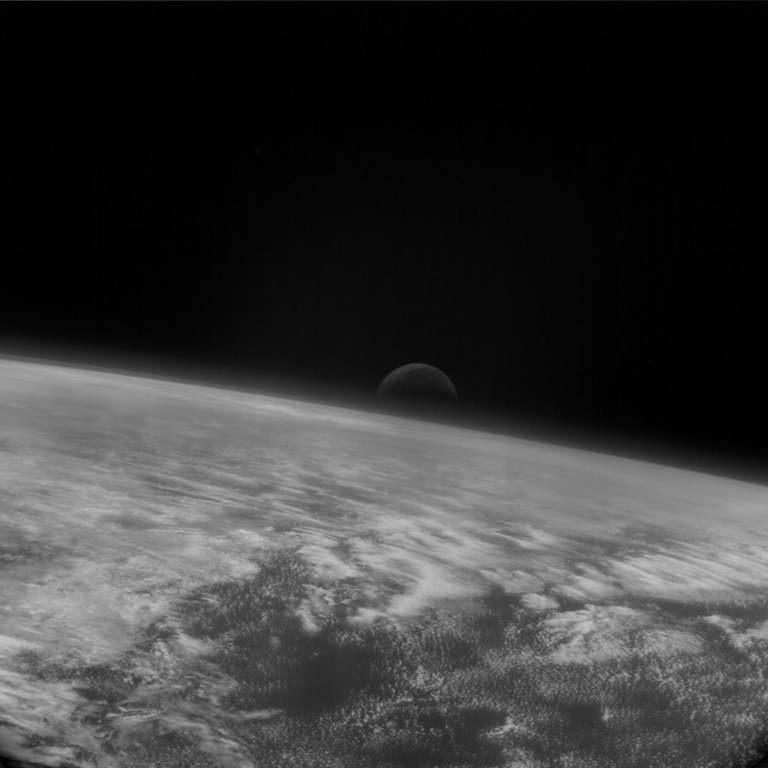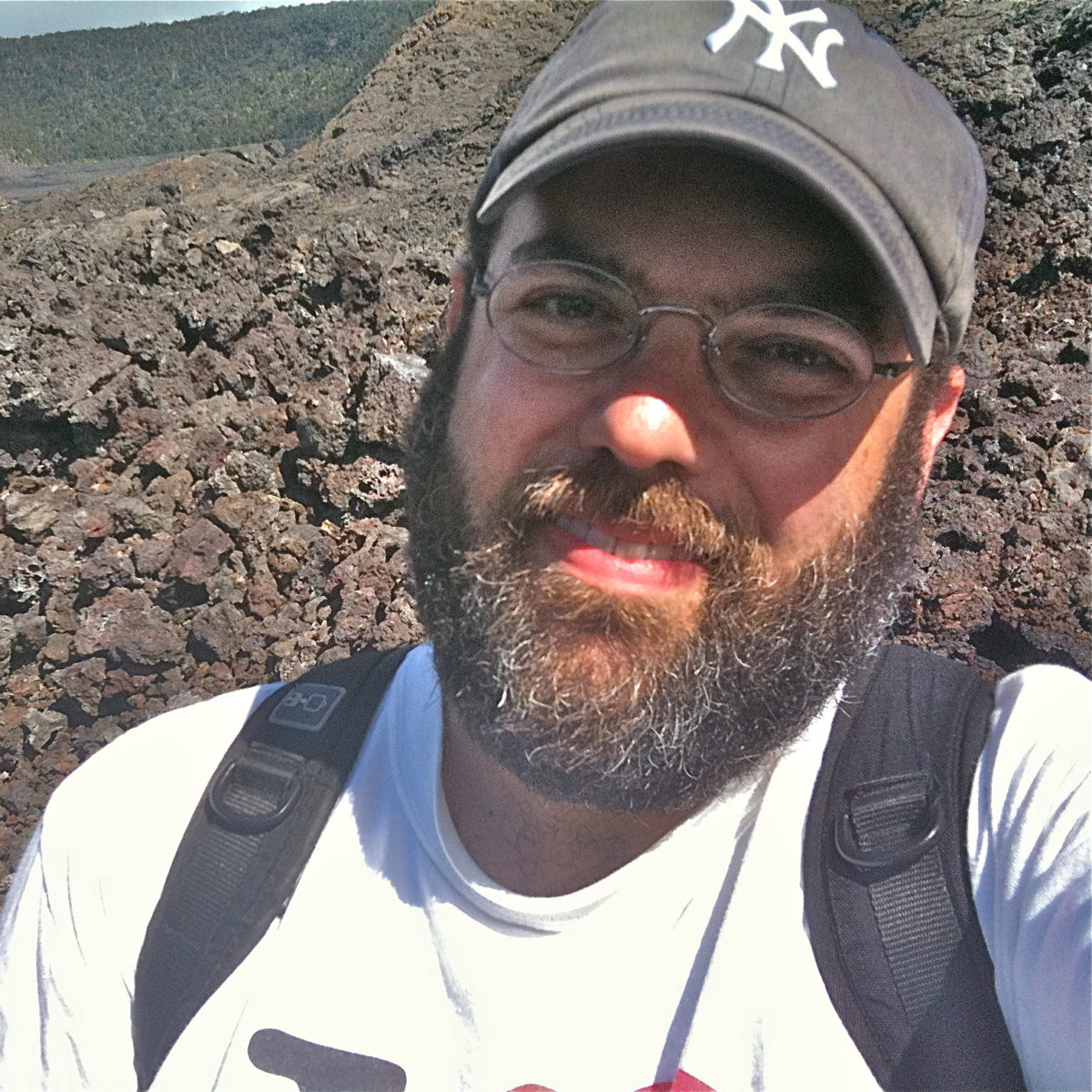All
All
Stories, updates, insights, and original analysis from The Planetary Society.
What We Know About the Russian Meteor Event [UPDATED]
Preliminary estimates show that the meteoroid was 15 meters wide and weighed roughly 8000 tons. The resulting airburst would have the equivalent yield of about a 1/2 megaton explosion.
An evening that brought me very close to Curiosity
Damien Bouic received some well-deserved recognition from the Chemcam team for his great Curiosity image processing work.
The Sequester Will Cut NASA Science by an Additional $52 million
Brand new information about the effects of the across-the-board cuts known as Sequestration, if they were to be enacted.
Planetary Society Weekly Hangout, Thu Feb 14 1200PT/2000UT: Courtney Dressing
Emily Lakdawalla and Courtney Dressing talked about just how common Earth-sized exoplanets may be in our neighborhood. Watch the replay here.
Why can Hubble get detailed views of distant galaxies but not of Pluto?
How come Hubble's pictures of galaxies billions of light years away are so beautifully detailed, yet the pictures of Pluto, which is so much closer, are just little blobs? I get asked this question, or variations of it, a lot. Here's an explainer.
What Has NASA Done for Me Lately?
NASA released its Spinoff 2012 report, detailing the numerous technology transfers, inventions, and economic impact by the U.S. space program.
A forgotten image of Earth and the Moon
While researching another story, I came across an image I don't remember ever seeing before, of a moonrise from an unexpected source.
Field Report From Mars: Sol 3215-3219 - February 6-13, 2013
We have been seeing lots of small light-colored veins crossing through the outcrops here on Matijevic Hill, and we have tried to get a handle on the composition of these veins by doing multiple offsets with the APXS. It appears that the small veins are calcium sulfate, as best we can determine.
New Contest: Name the Moons of Pluto!
The discoverers of Pluto's fourth and fifth moons are inviting the public to vote on (and write in candidates for) their formal names. Voting closes in two weeks.
The Earth is a Planet: Why We Explore Space
Why spend effort and scarce resources on space exploration when we have so many problems here at home? Turns out, there are some pretty good reasons.
Washington Update
Bill Nye and Neil deGrasse Tyson spoke to the House Science committee about the importance of space and scientific research. Bill Nye also visited with Congressman Culberson and Congressman Wolf's chief of staffabout supporting NASA's Planetary Science Program.
Browsing Landsat data is a lot easier than I thought it was
With the Landsat Data Continuity Mission scheduled to launch on Monday, there's been a lot of Tweeting about Landsat, and through one such Tweet I learned about a resource that I hadn't known existed before: the LandsatLook Viewer. This is a graphical interface to more than a decade worth of Landsat data, a tremendous resource for anyone interested in Earth's changing surface, natural or manmade.
Pretty picture: tessera terrain on Venus
In which I dive into the Magellan radar data set and come up with some images of an unusual and possibly unique solar system terrain: tessera.
Mars Exploration Rover Update: Opportunity Quietly Completes 9 Years Uncovering More Evidence of Water
With its robot nose to the Martian grindstone, Opportunity completed its ninth year of working on Mars in January, making another significant science discovery in tiny white veins on Matijevic Hill as the Mars Exploration Rover (MER) mission rolled on into Year 10.
Galileo Messengers: Cruise to Venus, Earth, Gaspra, Earth, Ida, and almost to Jupiter
It's taken me a year to face the emotionally draining task of reading and writing about Galileo's cruise phase as chronicled in the mission's newsletters.
Venerable Deep Impact spacecraft has photographed comet ISON
Deep Impact has made the first space-based observations of comet ISON.
Sequestration and Planetary Exploration (updated)
The latest news in the United States is that a poison pill known as the Sequester is looking increasingly likely. If it happens, it will be a body blow to NASA’s planetary science program.
Guide to Asteroid 2012 DA14 Super Close Approach
The 45 meter asteroid 2012 DA14 will pass closer to Earth than geostationary satellites on Feb. 15, 2013. Learn about the asteroid and what to expect from the close approach.
We didn't start the science
Asteroid astronomer Andy Rivkin has posted to YouTube his own awesome version of


 Explore Worlds
Explore Worlds Find Life
Find Life Defend Earth
Defend Earth


 Sun
Sun Mercury
Mercury Venus
Venus Earth
Earth Mars
Mars Jupiter
Jupiter Saturn
Saturn Uranus
Uranus Neptune
Neptune Small Bodies
Small Bodies














